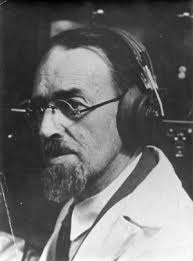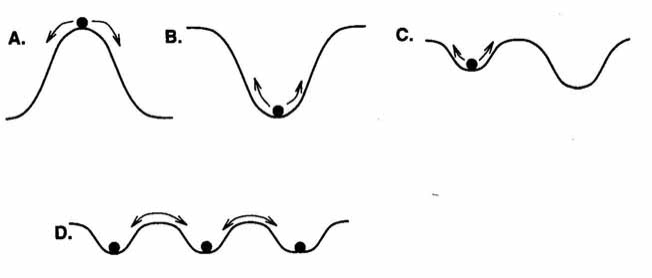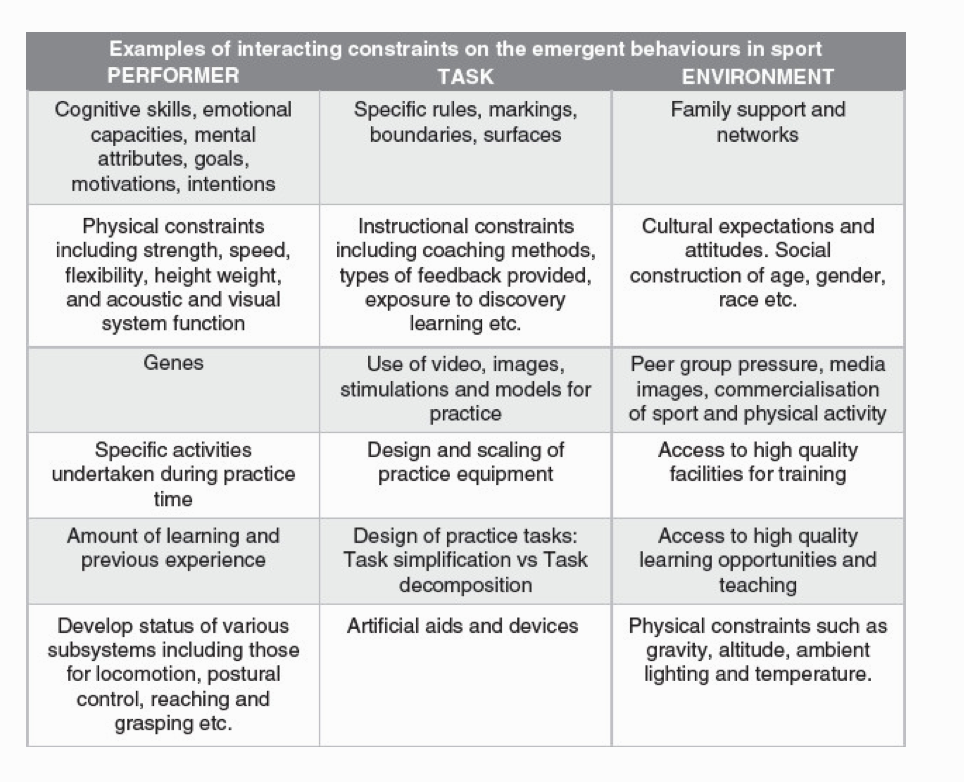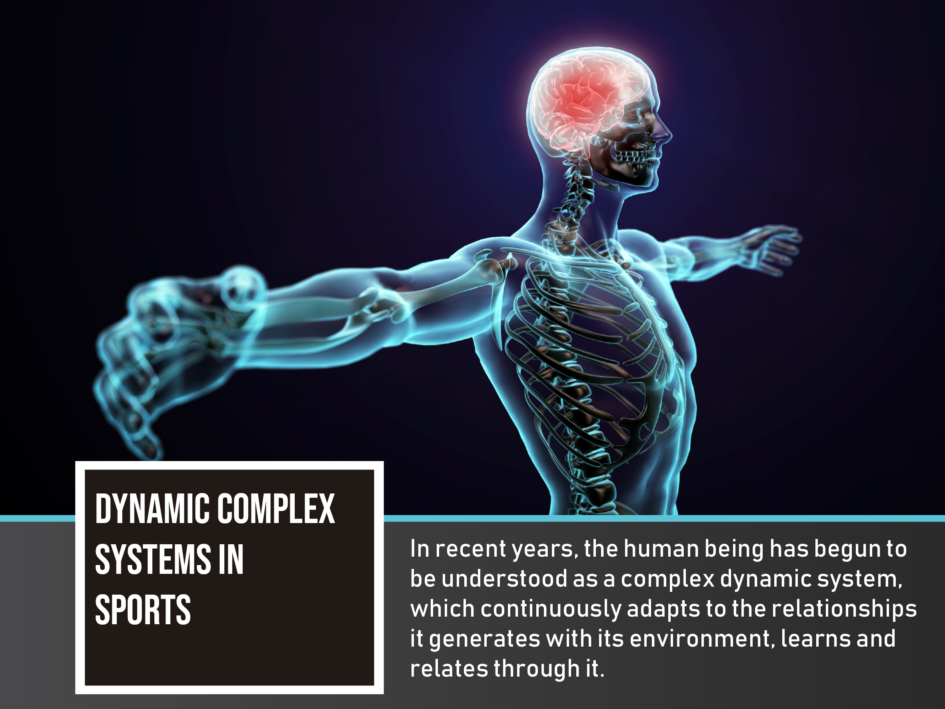Matt Ridley, doctor of biology, author of books such as Genome and What makes us human, began his career applying rigid genetic models to explain the evolutionary origin of the ethical and sexual behaviors of the human being, but over the years, in his works were finding a common point between the positions mentioned in the previous articles (Genes I and Genes II). According to Ridley, indeed the discovery of the human genome has strengthened the geneticist position, but it did not close the debate or win the battle, but has polished the arguments of both extremes until reaching a middle point. In his own words ¨it is no longer about nature versus the environment, but about nature through the environment. Genes are designed to be guided by the environment.¨
Genes are not determined and inscribed plans of action in the individual nature, nor are they only carriers of heredity. Their activity lasts a lifetime, and they activate and deactivate each other, responding to the environment. Undoubtedly the genes are those who direct the construction of the body and the brain in the matrix (although there is evidence of the influence of the external environment in the unborn baby), but in response to the experience they immediately begin to restructure what has been done so far influenced by the environment.

The controversial biologist Lewontin contributes in his book The Dialectic Biologist (written together with Levins) some interesting ideas about biological reductionism, which ends in a deterministic conception of nature allowing the manipulation of science in favor of the interests of the dominant ideology. The search for general explanations is doomed to failure due to the enormous heterogeneity of biological systems, since this does not allow us to reliably determine which are the parts that make up a particular phenomenon, and since the dynamics of these biological systems is governed by action of numerous individual forces that makes it difficult to discriminate cause and effect.
The reductionist conception of analyzing the determining aspects of sports performance separately is the one that has predominated when analyzing sports and movement. Beyond proposing holistic alternatives that integrate the parts, the dominant conception is the Cartesian vision that conceives the organism as a whole made up of different parts.
In recent years, the human being has begun to be understood as a complex dynamic system, which continuously adapts to the relationships it generates with its environment, learns and relates through it. From this point of view, it no longer focuses on reducing the system (s) into smaller components, but instead focuses on a holistic approach, focusing on the basic principles of its organization.

These systems are highly integrated and are made up of many interacting parts, each of which is capable of affecting or modifying other parts. These are systems with many components that interact with each other through the exchange of forces or information and, eventually, undergo the action of external agents. The understanding will be from its totality and the levels of dependence between the elements will vary depending on the type of system to which reference is made, highlighting the importance of the whole and of the networks of relationships
These complex systems share some fundamental attributes (Davis, Button & Bennett, 2008):
- Many independent and variable degrees of freedom
- Many different levels in the system (ex: hormonal, biomechanical, psychological, etc)
- Potential for non-linear behavior, as its component parts can interact in many different ways
- Ability to self-organize to give the best possible response based on the information received
- The ability of subsystems to limit or influence the behavior of other subsystems
When you look at the components of a complex system, you see constant interactions and fluctuations; this interaction seems to be random, but nevertheless in a macroscopic view the operation is a coordinated pattern. These dynamic systems can adopt different states of organization, where the stable and functional state of organization (without chaos) is called an attractor, for example in a pendulum, the attractor would be the vertical position and without movement, while to remove it from that state it takes a force to destabilize it and make it fluctuate.
Dynamic systems always look for preferred modes of behavior based on the interactions between their internal components and their sensitivity to external conditions. There are no codes or programs, and under different conditions the components can organize themselves into other stable patterns.

Nikolai A. Bernstein, one of the most brilliant physiologists of the last century, who created the foundations of the biomechanics of modern movement and the main theories of motor control, studied the complexity of coordinated motor actions trying to reduce the dimensions of the system. Due to its large number of dimensions to study, the human body had to be reduced to a system characterized by stable patterns of coordination. The movements occur due to imbalances of changes in muscular tensions, but without a specific relationship between them. The movements of the body cause mechanical consequences in the physical system. These forces contribute to and influence all movements while they are happening and constitute a constantly changing field of forces.
These attractors (or patterns) have a certain degree of instability, greater or lesser, which will be determined by the shape and depth of what is called the attractor’s bowl. Generally in a phase space there are several attractors and bowls and the space that separates these bowls is called the separator or phase transition. We can see in the following graph different degrees of stability.

The stable states arise under certain conditions (constraints), which are the numerous variables that define a phase space of the system. In other words, they limit or enable the number of possible paths or behaviors that the system can adopt.
When constructing a valid theory for sports performance and improvement, the properties of both the body and the environment must be considered. From this perspective there are three sources of constraints: the organism, the environment and the task (Newell, 1996). The organism has multiple structural and functional constraints (biochemical, neuronal, anatomical, etc.) as well as the environment that has general constraints (temperature, pressure, gravity) and local constraints (for example, sports equipment). The determinants of the task include the objective of the action and the rules that guide that action. These three sources of constraints provide a dynamic framework of limitations.

The determining factors of the task are perceived by the individual as a consequence of the natural interaction of the organism with the environment. With his ecological theory, Gibson (The Ecological Approach to Visual Perception, 1979) produced a great impact within the classical theories of perception; discover in the environment the different environmental opportunities, attributes or possibilities (what the author calls affordances). The information that comes from the environment would not be built internally from the sensations received from the environment, but rather one directly perceives the meaning of the environmental stimulation pattern in the form of affordances. These opportunities are invariant properties of objects that inform about their possible uses and functions. To perceive the offers of the environment is to perceive how to interact with it or, in other words, what can or has to be done in a given environment.
The interaction in the neuromuscular system of the conditioning factors (organic, environment and task) results in different states of coordination that can be optimized by practice and training. For example, how an experienced climber solves a route is the consequence of many factors at the same time, including his genes, resistance levels, his previous injuries, the nature of the terrain or route, and his objectives, to overcome a step, to chain, to do it. as quickly as possible, etc.

Sport climbing could be seen as a predominantly technical activity, where the ability to climb a route or boulder problem is based on how effectively the climber can coordinate perceptual and motor behavior to overcome the conditioning factors that interact in performance. In 2015, Orth, Davids and Seifert, three of the researchers most involved in learning the climbing technique, carried out a literature review whose objective was to provide an overview of the coordination limitations of experienced climbing climbers.
The acquisition of skills involves adaptations in the functional and structural characteristics of an individual in relation to the factors that influence coordination during practice or performance. The conditioning factors that interact in climbing involve the individual, such as their size, strength and recovery of the flexors of the fingers, the task such as the required speed of movement, going first or top-rope, and the environment, defined by the characteristics of the dams, the inclination of the wall, etc.
The authors concluded that higher level climbers have a clear advantage in detecting and using the opportunities offered by the environment when they visualize the route from the ground and even while they are climbing. In addition, the perceptual and motor adaptations that improve the measures of fluency In climbing, in the spatial and temporal dimensions they are related to a higher level of skill as well as the position of the hands, the limbs and the posture in relation to the wall.
Small quantitative changes in some parameter of the conditioning factors can lead to quantitative and qualitative changes in the movement produced and in the result of the action. The ecological approach to the perception of the environment and action can be seen as the discovery of the dynamic laws that organize information and movement. The human being must be understood as a complex dynamic system, which continually adapts to the relationships it generates with its environment, which learns and interacts through it.

References:
Bernstein, N. A. (1996). Resources for ecological psychology.Dexterity and its development. (M. L. Latash & M. T. Turvey, Eds.). Lawrence Erlbaum Associates, Inc.
Davids, K., Button, C., & Bennett, S. (2008). Dynamics of skill acquisition: A constraints-led approach. Human K
Gibson, J. J. (1979). The ecological approach to visual perception. Boston: Houghton Mifflin.
Lewontin, R. y Levins, R. (2015). El biólogo dialéctico. Buenos Aires, Argentina: RyR.
Newell KM. (1996). Change in movement and skill: Learning, retention, and transfer. In: Latash
ML, Turvey MT, editors. Dexterity and its Development. New Jersey: Psychology Press;
1996. p. 393-429.
Orth, D., Davids, K., & Seifert, L. (2016). Coordination in Climbing: Effect of Skill, Practice and Constraints Manipulation. Sports medicine (Auckland, N.Z.), 46(2), 255–268. https://doi.org/10.1007/s40279-015-0417-5
Renshaw, I., Davids, K., Newcombe, D., Roberts, W. (2019). The Constraints-Led Approach. London: Routledge
Ridley M. (2004) Qué nos hace humanos.. Taurus Ediciones, SA, Madrid, 2004.
Torrens C. (2005) La teoría de los sistemas dinámicos y el entrenamiento deportivo. Unpublished. Doctoral dissertation, 2005. INEF. Barcelona.


Leave a Reply